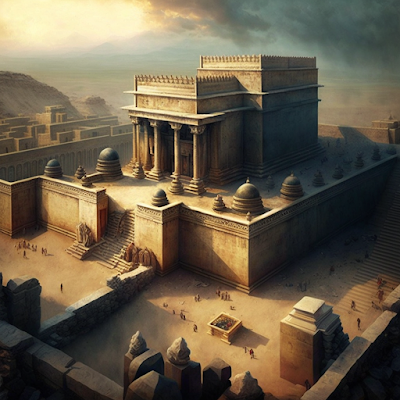Shalmaneser III
Shalmaneser III was a king of Assyria who reigned from 859-824 BCE, during a period of significant political and military expansion in the ancient Near East. He is known for his military campaigns, which were recorded on numerous inscriptions and monuments throughout his reign, and for his efforts to centralize and strengthen the Assyrian state.
One of Shalmaneser III's most significant military campaigns was his invasion of the Kingdom of Urartu, which he undertook in the late 840s BCE. This campaign resulted in the capture of several major Urartian cities and the establishment of Assyrian control over much of the region. Shalmaneser III's victory over Urartu solidified his position as a dominant force in the region and helped to establish the Assyrian Empire as a major power. In addition to his military campaigns, Shalmaneser III is known for his efforts to strengthen the Assyrian state through administrative and bureaucratic reforms. He established a system of provincial governors and appointed officials to oversee the collection of taxes and the maintenance of infrastructure. He also standardized weights and measures, which helped to facilitate trade and commerce throughout the empire.
Shalmaneser III's reign is also notable for its cultural achievements. He was a patron of the arts, commissioning numerous works of sculpture and architecture throughout his empire. He also built several monumental palaces and temples in the Assyrian capital city of Kalhu, which served as symbols of his power and authority. Despite his many achievements, Shalmaneser III faced numerous challenges during his reign. He was frequently beset by rebellions and uprisings, particularly in the Babylonian region, which had long been a center of opposition to Assyrian rule. He also faced threats from neighboring kingdoms, including the Kingdom of Urartu and the Kingdom of Israel, both of which he fought in major military campaigns.




Comments
Post a Comment